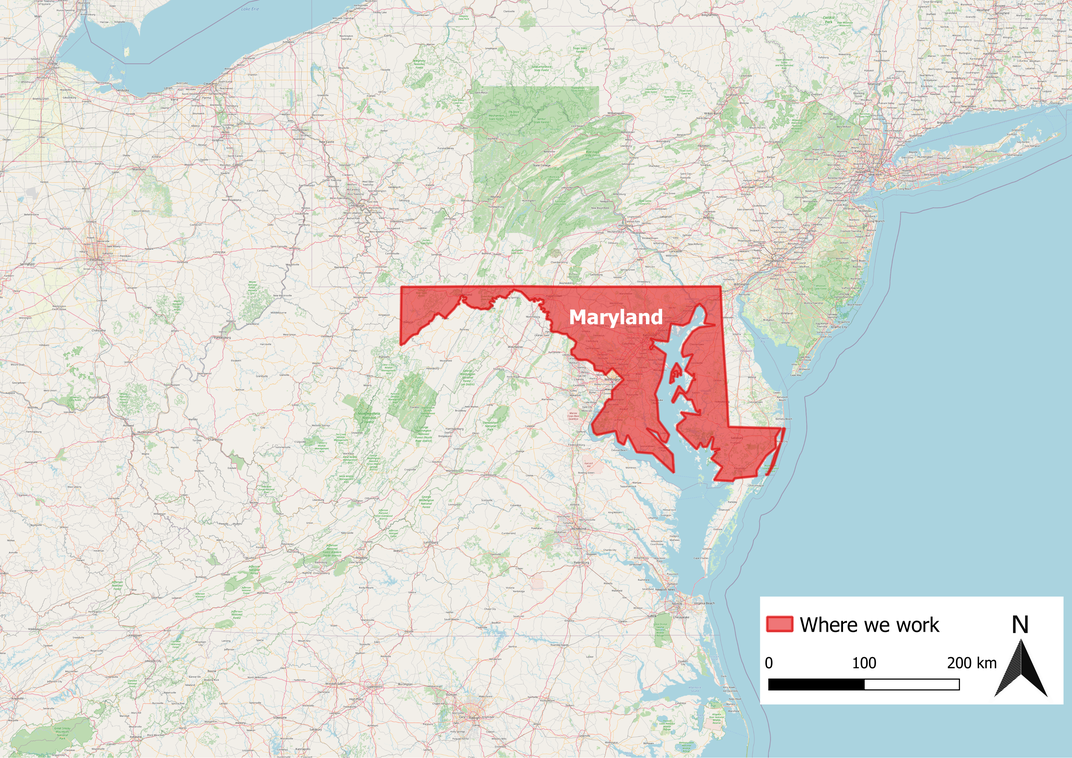One of the largest species of coastal sharks, the Dusky Shark’s population numbers are dwindling quickly. Tagging efforts by Smithsonian scientists aim to understand the basic biology of this species before it’s too late.

Length: up to 4.8m (14ft)
Dusky Sharks are viviparous, meaning they give birth to live young, not eggs or pups that were hatched from eggs inside of their mother. Dusky Sharks give birth to “litters” of pups, anywhere from 3-14 at a time!
Conservation Status: Vulnerable

The Dusky Shark is a lesser known, large coastal shark found in coastal waters worldwide. This species’ populations are steadily declining on a worldwide scale due to its high marketability in the shark-fin trade and is considered endangered in the Northwest Atlantic due to its tendency to be accidentally caught as bycatch. Dusky Sharks are targeted in the shark-fin trade because of their large fins and good consistency to make high-quality shark-fin soup. Despite being illegal to keep in U.S. waters, Dusky Sharks are still incidental bycatch in fisheries for coastal sharks and other species. This makes the population difficult to manage—not only does the shark fishing industry need to be monitored, but all fishing industries where Dusky Sharks could potentially be caught.
In addition to their appeal in the fishing industry, this species of shark has a remarkably long reproduction period. Gestation is usually around 16 months followed by a year-long gap before mating again. This slow reproductive rate makes the effect of over-fishing much more pronounced, with the Atlantic population projected to take several decades to recover. Because Dusky Shark juveniles are the most vulnerable segment of the population to bycatch mortality, even incidental captures are enough to slow population recovery (Romine et al. 2009).
Smithsonian scientists are tracking this species to gain a better understanding of where individuals and populations travel in an attempt to protect habitat areas that may be necessary for their survival. Having this knowledge will allow for accurate advisement on policy and fishing regulations, which could potentially help reduce the levels of bycatch and aid in increasing population levels. Being one of the largest coastal sharks on the East coast of the US means that they are an important apex predator in their ecological system, so information on these sharks could potentially allow us to understand their interactions with prey and competing species.
Post-Doctoral Research Fellow
Smithsonian Environmental Research Center Fish and Invertebrate Ecology Laboratory
Marine Ecologist
Fisheries Conservation Laboratory Smithsonian Environmental Research Center
Demographic analyses of the dusky shark, Carcharhinus obscurus, in the Northwest Atlantic incorporating hooking mortality estimates and revised reproductive parameters” Romine et al. 2009
